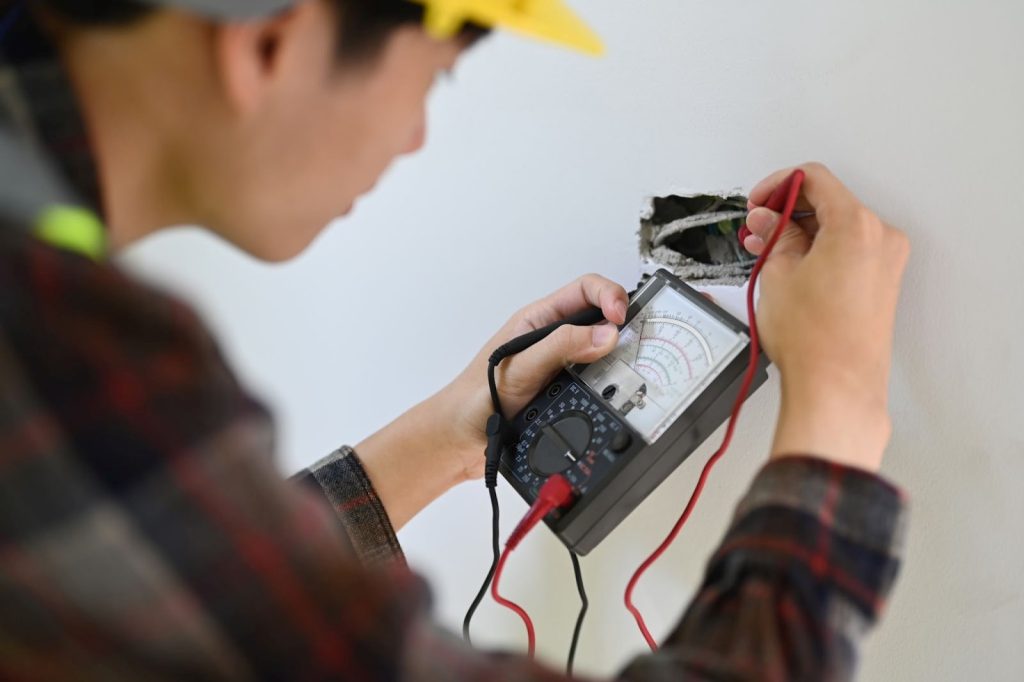For many years, Legionnaires’ disease has been a major public health concern. Even though more individuals have their water systems checked for disease control and prevention, Legionella outbreaks are still often reported and result in a number of deaths each year.
In the UK and Scotland, water sources are the most common cause of Legionnaires’ disease so it’s crucial to be aware of the regulations in place to keep the community safe from this terrible inflammatory disease. While not everyone is obligated by law to do water tests, it is recommended and the responsible thing to do.
What is Legionnaires’ disease?
Legionellosis refers to a group of diseases caused by the Legionella bacteria, the most dangerous of which is a lung infection known as Legionnaires’ disease. However, there are several ailments that are comparable to Legionnaires’ disease but are not as severe, such as Pontiac fever and Lochgoilhead fever.
How often should water systems be checked for Legionella?
Symptoms of Legionnaires’ disease
The symptoms of Legionnaires disease are comparable to flu-like symptoms:
- Fever
- Headaches
- Fatigue (extreme tiredness)
- Muscle and joint aches
If Legionnaires’ disease gets worse, you may also experience the following symptoms:
- Breathing difficulties/shortness of breath
- Chest pain
- Green coloured phlegm
- Confusion
If you get any of these symptoms or become seriously ill, you should immediately call your doctor for help.
The risk of Legionella in showers
When was the last time you cleaned your shower head? If you can’t remember, then the risk of Legionella in your shower is higher. The limescale and rust that builds up in a shower head provide nutrients for the Legionella bacteria. This makes it a place of predilection to increase its concentration.
Because Legionella bacteria are disseminated in airborne water droplets, a shower spray is an ideal delivery route. Anyone who uses a contaminated shower runs the danger of inhaling the bacteria and contracting Legionnaires’ disease once the virus has established itself in the lungs. Individuals who are over 45, smokers, regular drinkers, or have health problems such as heart disease, asthma, or diabetes, are at a significantly higher risk.
Legionella risk assessment cost
Can you catch Legionnaires’ disease from a shower?
Where there is water, there just might be Legionnaires’ disease. Inhaling tiny droplets of water contaminated by the Legionella bacteria can cause Legionnaires’ disease. Your shower head might be a bacteria’s incubator, but this doesn’t mean that all your faucets are at the same level of risk.
How often should you run a shower to prevent Legionella?
Showers that do not run often are more at risk of Legionella than those frequently in service. The easiest strategy to reduce the presence of the Legionella bacteria is to run the shower for 5 minutes using only cold water, then run it as hot as you can for another 5 minutes before showering. This is a neat trick when you are on vacation or when returning home from a trip.
Can Legionella grow in shower heads?
Your bathroom could be spick-and-span, but the inside of your shower head could be crawling with bacteria, sludge, and mineral deposits if not maintained. Since the inner space of a shower head is enclosed, this creates a humid habitat that keeps a consistent temperature which is perfect for Legionella to grow.
Shower heads represent a significant risk because they produce a spray that comes straight into the face of the person washing himself. This favourises the chances of inhaling contaminated water droplets.
Legionella thrives on shower heads for a variety of reasons:
- Limescale: The limescale, sludge, and rust that can accumulate on a shower head provide the ideal environment for Legionella to thrive. It provides nutrients that aid in the survival of bacteria and, in some situations, protect them from chlorine treatment.
- Stagnation: If not cleaned periodically, the hose pipe connecting a shower head to the water system might hold stagnated water for an extended period. Legionella thrives in stagnant water, thus water stagnating in the hose or any dead legs in your plumbing system is an issue.
- Water temperature: Legionella thrives in temperatures between 20 and 40 degrees Celsius. To avoid scalding, the hot water in your shower should be at least 50°C, with a mixing valve (TMV) supplying cooler water. If water needs to travel a long distance through pipes, like in a hotel or care home, this can cause the water to cool before it reaches the shower, allowing Legionella to thrive.
How do you prevent Legionella in the shower?
To prevent Legionella in showers, we recommend hiring a water hygiene professional to perform a risk assessment test to monitor the presence of this bacteria. Experts send water samples to labs for examination and they also inspect your water system to find the root of the problem.
A recommendation that water hygiene professionals often share with clients is to use corrosion-resistant materials for water appliances, such as stainless steel and plastic. These materials have a lower risk of fostering the Legionella bacteria and contaminating the water. Because iron is a micronutrient that promotes Legionella growth, lowering the quantity of iron in your water system reduces the presence of Legionella.
Regular cleaning and maintenance of your bathroom and shower head will keep at bay this invisible enemy. Depending on the characteristics of your water, whether you receive hard or soft water, your maintenance routine will be different. Limescale builds up at a faster rate if you receive hard water so this means your cleaning routine should be more regular. However, a risk assessment is the only accurate method to know the Legionella concentration in your water.
Commercial and domestic legionella risk assessment
Our professional water hygiene specialists offer residential and commercial services to detect any potential pathogen that could be lurking in your water. Sometimes the presence of Legionella is limited to the shower head since it serves as an incubator, but other times the water itself is contaminated from the source.


